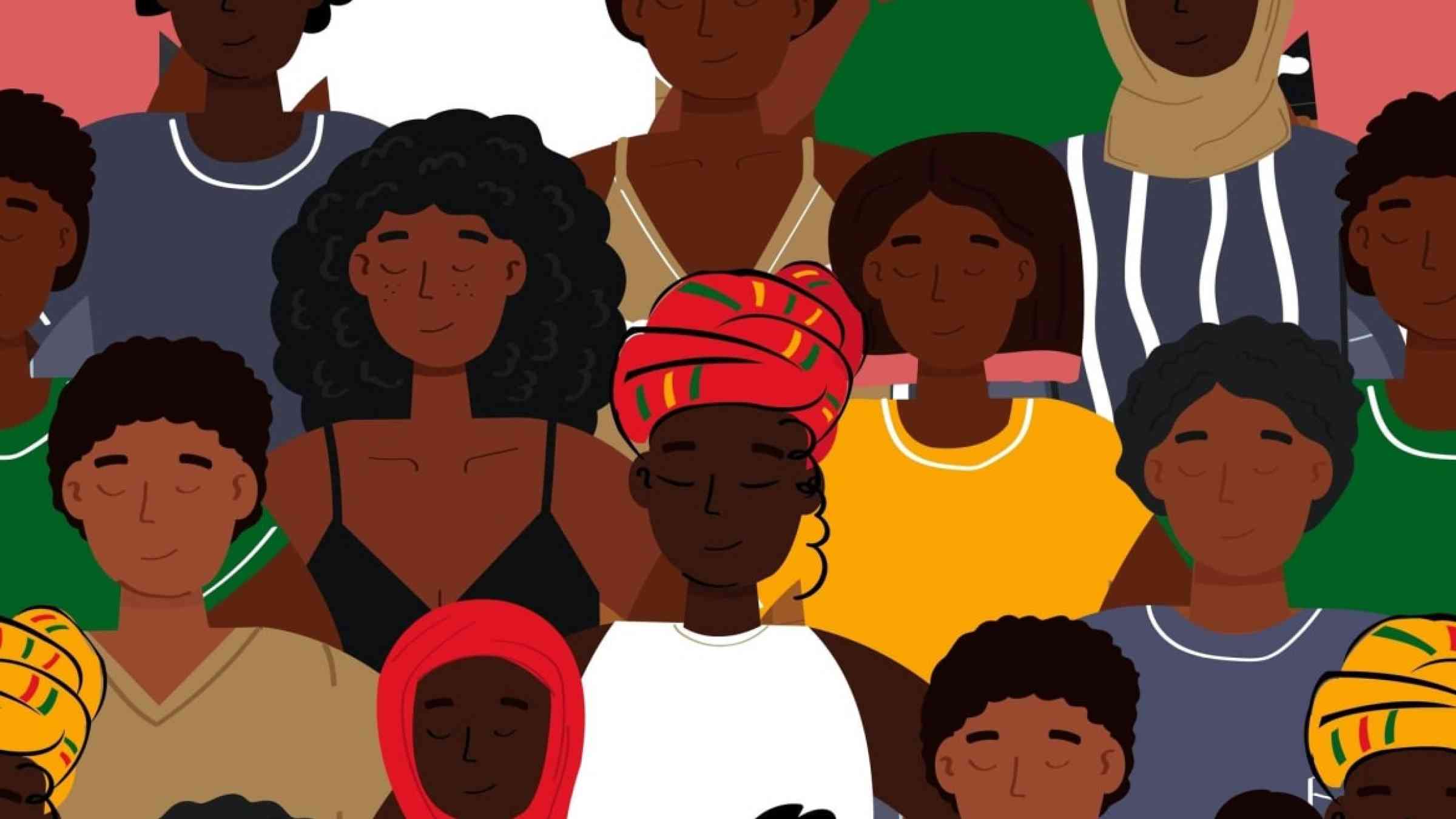Study by FSU researchers finds resilience to disasters lags in Black communities

Years after Hurricane Michael devastated Florida’s Gulf Coast, residents of that area are still struggling to overcome the trauma of the Category 5 storm.
In a recent study, FSU researchers found that trauma and a host of psychosocial and physical challenges caused by Hurricane Michael are disproportionately affecting the region’s Black communities.
“These are already underserved communities, and when a disaster like Michael hits, it exacerbates those pre-existing disparities in wealth and resources,” said Associate Professor of Nursing Sabrina Dickey, the study’s lead author. “There is the initial trauma they experience of the disaster — maybe they’ve lost loved ones or their possessions — but there are a host of issues that persist.”
A Category 5 hurricane when it slammed into Florida’s Gulf Coast in October 2018, Michael caused an estimated $25 billion in property damage and displaced more than 375,000 people.
The study was published in Natural Hazards Review, the official Journal of the American Society of Civil Engineers.
Researchers found participants experienced a multitude of mental health issues, including significant feelings of fear, loss and hopelessness, while also exhibiting distrust in systems designed to provide relief.
“After a natural disaster, which causes trauma, there is often a new normal that exists,” Dickey said. “We discussed the need for continued resources to assist with coping afterward, which will assist with these communities regaining some sense of normalcy.”
Among the biggest issues for resiliency — and one that creates many others — is homelessness. Michael is estimated to have displaced 20,000 people in hard-hit Bay County, where the study was conducted.
(Clockwise from left) Associate Professor of Nursing Sabrina Dickey; Associate Dean of Student and Strategic Initiatives at FSU Panama City, Irvin Clark; James E. Kirk Professor of Communication in the School of Communication, Art Raney; Distinguished Research Professor and Faculty Affiliate with both the FSU Institute for Successful Longevity and the Pepper Institute for Aging and Public Policy, Amy Ai; and Associate Teaching Professor, College of Social Work, Katrina Boone.
“Often we see families who have lived in their homes for generations, and they don’t have the documentation to show they are the homeowner — or they don’t have insurance,” Dickey said. “Their home and that generational wealth is gone and so is the history and rich culture of the family.”
Co-author Irvin Clark, associate dean of student and strategic initiatives at FSU Panama City, said he sees the impact of homelessness every day on campus and throughout Bay County, where he serves on a number of community boards.
Clark noted how the loss of housing and the resulting hotel hopping and couch surfing have sparked — and revealed — issues for both adults and children.
“Truancy is up,” Clark said. “Substance abuse, drug trafficking, human trafficking; I’ve seen it all in the time since Michael.”
Study co-author Amy L. Ai, distinguished professor in the College of Social Work, said that as the Gulf Coast rebuilds, including upscale, luxury condo communities — and more hurricanes sure to strike in the future — it’s especially important to highlight those most affected by Michael.
“We all have an obligation to help and secure the people in the Black and poor communities the same as we would help the future retiree who will move here from the northeast,” she said.
Dickey said study is the first of its kind as it explored the aftermath of the natural disaster in the Black community 2.5 years after it occurred.
This study is part of a larger project on hurricanes Maria and Michael funded by the Office of Research Development, the FSU Office of the Vice President for Research and The Fahs-Beck Fund for Research and Experimentation.